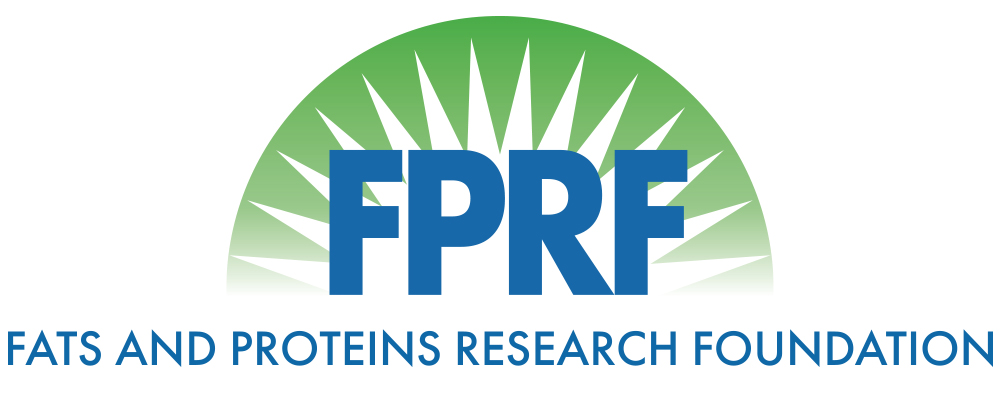Livestock Feed Preservatives Based on Antioxidant Enzymes Extracted from Animal Blood
Date: February 19, 2016
Principal Investigators: Vladimir Reukov and Alexey Vertegel, Clemson University
Keywords: Antioxidant, Enzymes, Animal Blood
Summary:
Autooxidation of unsaturated fats is one of the primary mechanisms of quality deterioration in animal feeds and pet food. These alterations in quality are manifested through adverse changes in flavor, color, texture, and nutritive value and there is some concern that toxic compounds are produced during the deterioration process. The pet food industry constantly looks for natural solutions to increase the palatability of livestock feeds and pet food, and also studies mechanisms to extend the shelf life of products while maintaining product freshness and quality. Most currently used antioxidants are synthetic chemicals, and there is global concern among regulatory bodies and customers regarding the safety of these compounds (e.g., ethoxyquin). Naturally-derived antioxidants are available (e.g., tocopherols), but are expensive, and are often not as effective as their synthetic counterparts. Thus, there is a clear need for the development of novel, inexpensive, and efficient natural antioxidants. Erythrocytes are readily available as a major component of animal blood. Being natural oxygen carriers, they are equipped with highly efficient antioxidant machinery, which utilizes a number of antioxidant enzymes and compounds. Here, we propose to continue the development of a cost-effective, natural antioxidant derived from animal blood.
During the period of this project we have achieved the following milestones:
- Established a simple protocol to produce an antioxidant enzyme concentrate from animal blood
- We compared the efficacy of our enzyme cocktail to commercially available antioxidants, such as PetOx® (BHA + BHT) and NaturOx® (mixed tocopherols), and completed accelerated shelf-life studies.
- valuated the efficacy of our antioxidant cocktail in comparison to the current industry standards, ethoxyquin, and BHA/BHT, using food models relevant to those utilized by the industry.
- Performed more detailed efficacy studies with commercial pet food samples, kibbles, turkey protein meal and rendered fat models using FOX-II assay to measure Peroxide Value of the samples, and performed antimicrobial studies.
- Prepared and submitted new AAFCO Ingredient Definition “Erythrocyte Protein Extract (preservative)” for our antioxidant.
- Performed testing for possible viral contamination, including Porcine Epidemic Diarrhea Virus;
We have met with FDA CVM officers in order to determine the required steps to receive an approval for the new ingredient petition. They listed a number of experiments we need to perform in order to satisfy their requirements. So, we propose to focus on the following steps to secure successful approval of the petition: 1) perform shelf live studies according to CVM standards; 2) perform experiments to establish standards for the protein cocktail quality control; 3) prepare and submit new ingredient petition to FDA CVM.
Objective (s):
- We will perform accelerated shelf life experiments according to the CVM requirements – 2-3 batches of the product, incubated at 3 different temperatures 40C, 45C, 54C for 60, 45, 14 days correspondingly. At each time point, the small sample will be collected and stored in the fridge. After 60 days, when last time point will be completed, all samples will be tested with Cod Oil, oxidized for 24-48hrs at 50C to ensure minimal variations in level of oxidation. PV, ORAC, and TBARS assays will be performed.
- Perform experiments to establish standards for the protein cocktail quality control – FDA recommended to test our protein control using HPLC, gel chromatography to establish acceptance criteria for the product. We will perform these experiments.
- Prepare and submit new ingredient petition to FDA CVM
